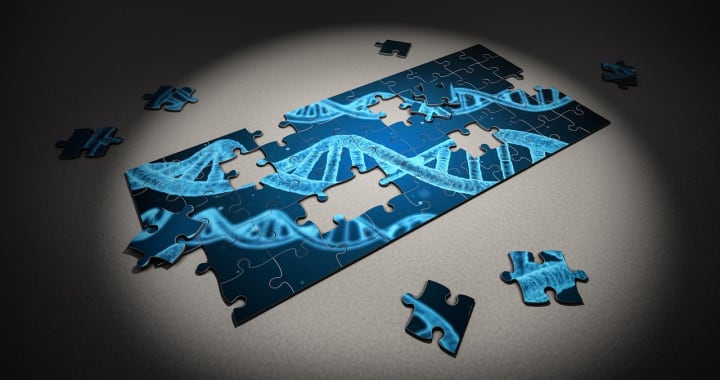DNA Testing—8 Things You Should Know
We live in the age of continuous progress of science where the latest achievements may seem like miracles, yet, the fact that we can get so much information from a single cheek swabbing is still astonishing.

The discovery of DNA structure (along with technology improvements), made possible for us, without even seeing a doctor, to analyze our DNA and find out a lot about ourselves. Being a carrier of genetic instructions, DNA can tell us about our health risks, our ancestors, distant relatives, and our children. Public awareness about DNA tests grows each day, yet there are still many misconceptions about methods, accuracy, and outcomes of DNA analysis results. Here are the essentials that you should know about DNA testing.
What is DNA?
DNA is a thread-like chain made of molecules that hold our genetic blueprint and is in every cell of our body. It determines everything about us, starting from growth, development, and functioning to our features: hair and eye color, overall health, and some aspects of our personality. DNA changes or mutations are responsible for a variety of genetic disorders, whether alone or combined with environmental factors.
What can DNA tell me?
There are plenty of DNA tests types, but the most common are the paternity tests. Results of this test will prove the biological relationship and confirm or exclude paternity. Also, DNA tests can be useful in diagnosing diseases, detecting if there is a genetic cause for a disease, helping doctors to prescribe proper treatment and identifying what gene changes could parents pass on to their children. Genealogy DNA tests trace family tree lines and determine ethnicity.

Methods of Collecting DN
Given that DNA is in our every single cell, obtaining a sample is fairly easy. Inner cheek swabbing is the most common way to collect DNA. Other methods are getting DNA from body tissue, bodily fluids (blood, sperm), or from a single hair. However, unless it is a forensic approach, regular DNA testing requires painless swipe with a soft swab in your mouth.
DNA Test Accuracy
As far as paternity (or maternity) issues go, DNA test results are almost 100 percent accurate (by almost is meant to be at least 99.9 percent). DNA tests that identify gene mutations and health risks are also accurate, although the results do not guarantee the break out of a disease, only a certain possibility. Ancestry DNA testing can determine ancestral origins quite precisely, including the migration of your ancestral group.

Costs of DNA Tests
Depending on nature as well as the complexity of test, prices may vary from a one hundred to thousands of dollars. Paternity tests are the most common and are relatively cheap compared to other, more complex tests. Still, prices are fairly low considering results of testing can bring answers to the most important questions in life, whether they bring worries or relief.
At-Home Genetic Testing
Buying at-home tests is a convenience that saves time since it does not require visiting a doctor. However, keep in mind that in case of paternity tests, the at-home analysis does not have any legal value. Still, many people decide on taking the test in the privacy of their homes for various reasons, whether curiosity or to find out more about their genetic structure and possible consequences. Although the at-home test is accurate, talking to the doctor or genetic counselor, after receiving results, is highly recommendable.
Completely relying on DNA results can be harmful.
Sometimes results indicate a risk of a certain disease, so that kind of insight can be quite stressful. It may seriously affect the quality of life, especially if the specific disorder never occurs. On the other hand, negative results (no changes on genes, chromosomes, and proteins) can cause a belief that you are completely safe from diseases you can develop at any point in life. Ignoring environmental factors and engaging in unhealthy behavior is detrimental to your health, regardless of normal genetic structure.
Choose a reliable lab.
Whether doing the at-home test or seeing a doctor, make sure to choose best laboratories that will deliver precise and high-quality results. A good lab will have a certificate that conforms to ISO 17025 standards. Also, check their privacy policy to ensure that your personal data remain personal.
Conclusion
The simplicity of taking a DNA is striking and is available to anyone. However, if the results happen to be less than desirable, it is important to address the issue and consult a genetic counselor. An expert in the field will help you to interpret the results and to advise you on your next steps.






Comments
There are no comments for this story
Be the first to respond and start the conversation.